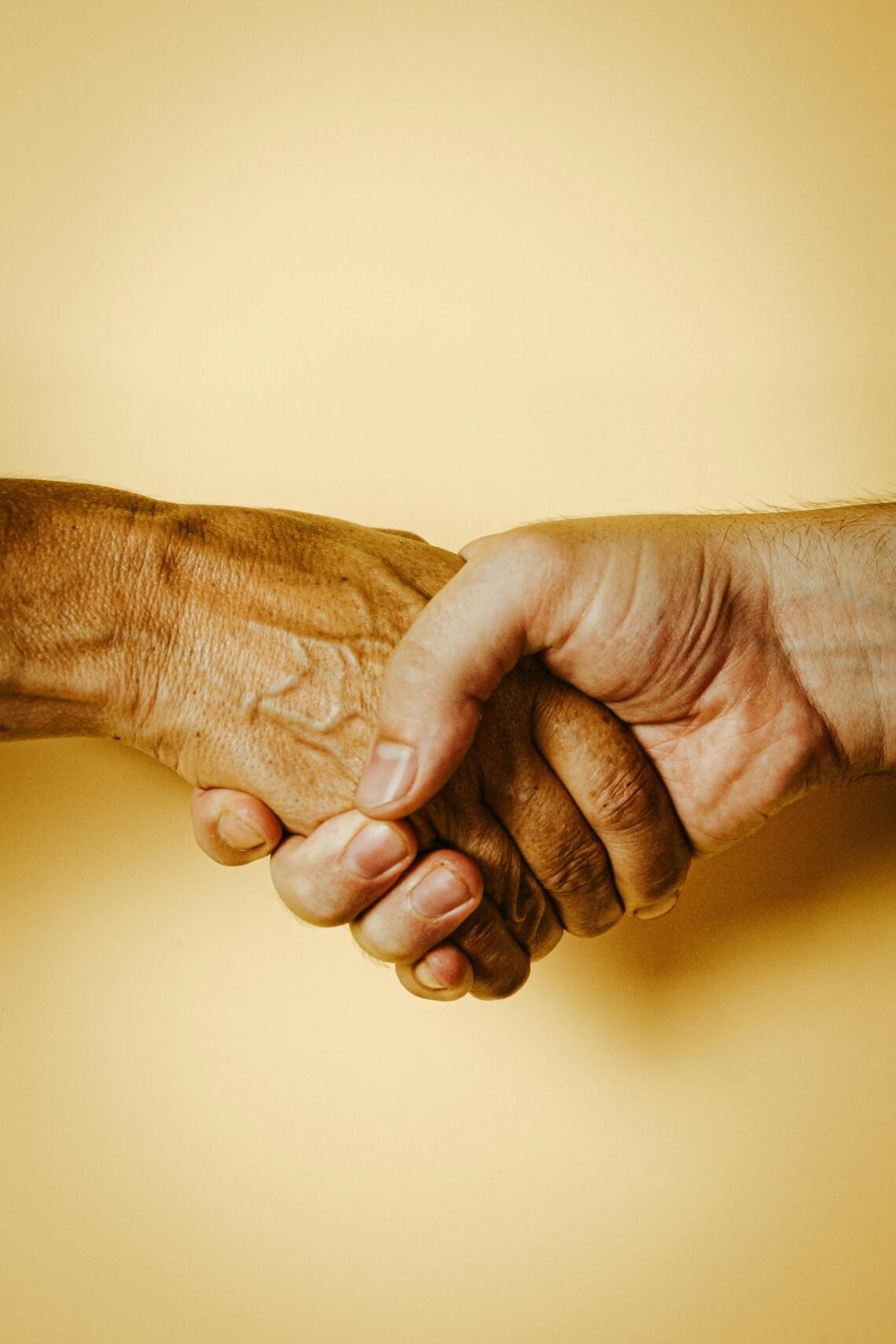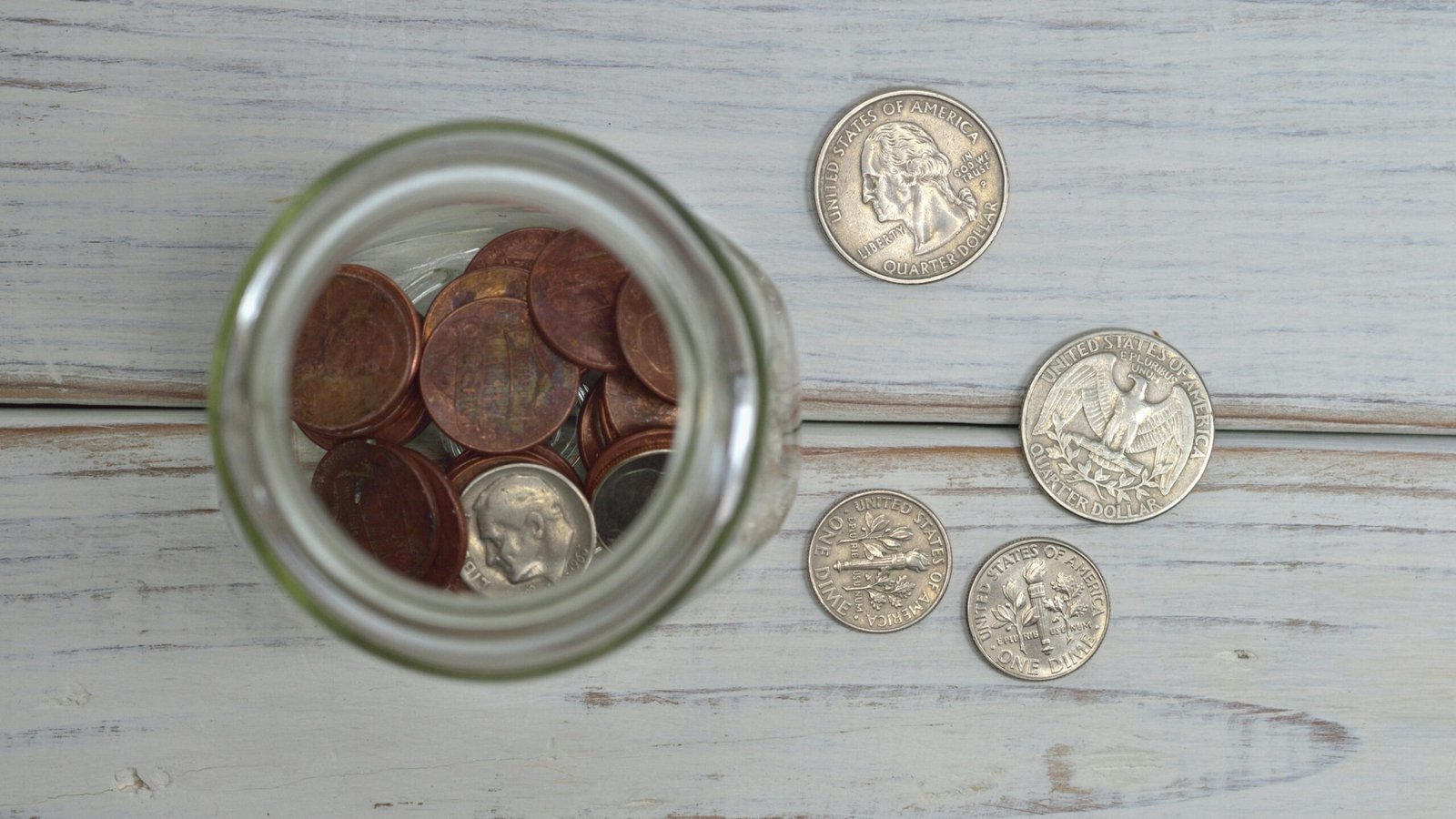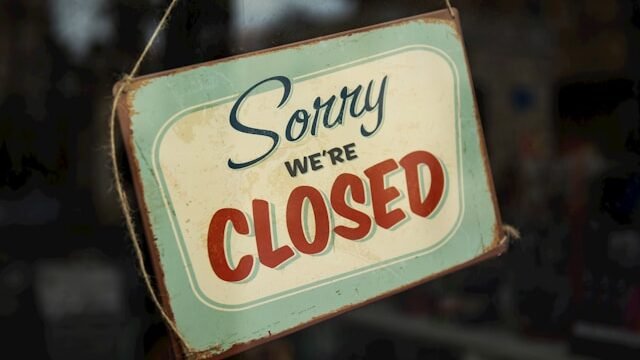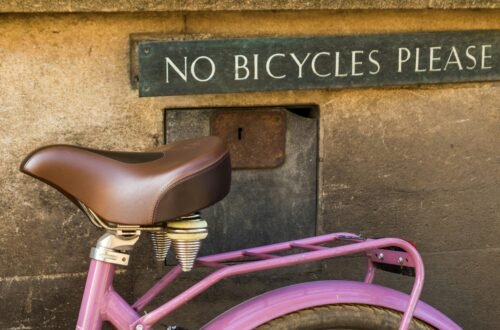
Europe Awaits: Essential Customs and Traditions for Savvy Travelers
Europe, a tapestry woven from rich history, diverse cultures, and captivating landscapes, beckons travelers worldwide. But venturing beyond the iconic landmarks requires understanding the continent’s unique social fabric. Here’s your guide to navigating essential European customs and traditions, ensuring a respectful and enriching experience:
Greetings:
- A Warm “Buongiorno” in Italy: A handshake and a friendly “Buongiorno” (good morning/day) are standard greetings in Italy. Avoid overly enthusiastic backslaps or lingering handshakes, which might be seen as intrusive.
- The French Cheek Kiss: In France, social circles often greet each other with a kiss on each cheek (often starting with the right). If unsure, a simple “bonjour” and handshake suffice.
- The Head Nod in Northern Europe: A slight head nod or a friendly wave is the norm for greetings in countries like Germany, Sweden, and Norway.
Table Manners:
- Continental Cutlery in France: Unlike the American style, French meals involve using a knife and fork throughout, with the fork held in the left hand while cutting.
- Sharing is Caring in Spain: Tapas, Spain’s small-plate culinary delight, are meant for sharing. Order a variety and graze with your companions.
- No Slurping Allowed in Germany: While slurping noodles might be acceptable in some cultures, it’s considered impolite in Germany.

Tipping:
- Tipping on the Bill in Italy: In Italy, a service charge is often included in the bill. A small round-up to the nearest euro is a kind gesture, but not mandatory.
- The Discreet Tip in France: Leave a small tip (around 5-10%) in cash on the saucer after paying your restaurant bill in France.
- Tipping Prevails in Eastern Europe: In countries like Hungary and Czech Republic, a 10-15% tip is expected in restaurants.
Countries with a Hybrid Approach:
- Europe: Tipping customs vary across Europe. In some countries like France and Italy, a service charge might be included on the bill. A small additional tip (5-10%) might be appreciated but not mandatory. In other countries like Germany and Czech Republic, a small round-up of the bill or 5-10% tip is customary.
General Tips:
- Do your research: Before your trip, research tipping customs for your specific destination country. This will help you avoid confusion and ensure you’re tipping appropriately.
- Look for a service charge: Many restaurants will include a service charge on the bill. This will typically be denoted as “service charge” or “coperto” (Italy). If a service charge is included, you don’t necessarily need to tip extra, although a small token of appreciation is always welcome.
- Pay in local currency: When tipping, it’s best to use the local currency. If you only have larger bills, ask the server to break it down for you.
- Use your discretion: These are general guidelines, and tipping can vary depending on the quality of service. If you receive exceptional service, feel free to leave a slightly higher tip. However, you are not obligated to tip if the service is poor.
- Tipping tours and guides: Tipping tour guides and local guides is a good idea and somewhat expected in many countries. The amount can vary depending on the length and quality of the tour.
Dress Code:
- Respecting Religious Sites: When visiting churches, mosques, or synagogues, dress modestly. Cover shoulders and knees, and avoid revealing clothing.
- Smart Casual in Major Cities: While Europeans tend to dress a bit more smartly than North Americans, major cities like London and Paris are more relaxed. Opt for comfortable yet put-together attire.
- Beach Etiquette: Nudity may be allowed on some beaches and resorts. While this varies greatly, research specific regulations for your destination beforehand. I don’t want to be the reason you get locked up!

Several European countries have restrictions on business hours on Sundays, with some having stricter limitations than others. Here’s a breakdown:
Countries with Full or Near-Full Sunday Closure:
- Austria: Most shops are closed on Sundays, with some exceptions like gas stations and convenience stores.
- Belgium: Large stores are typically closed on Sundays, with smaller shops having limited hours.
- Germany: Sunday closures vary by region, but most stores are closed. Some grocery stores might be open for a few hours in the morning.
- Norway: Most shops are closed on Sundays.
- Poland: Large shopping malls are generally closed on Sundays, with some exceptions like grocery stores (limited hours) and gas stations.
Countries with Partial Sunday Closure (Limited Hours):
- Denmark: Some shops may be open for limited hours on Sundays.
- France: There are complex regulations, but most large stores are closed on Sundays. Exceptions include bakeries, some grocery stores (limited hours), and shops in tourist areas.
- Greece: Most shops are closed on Sundays, except in tourist areas.
- Italy: Many shops close on Sundays, but there are variations depending on the region. Tourist areas often have some shops open.
- Slovenia: Most shops are closed on Sundays, with some exceptions like gas stations and convenience stores.
- Spain: Sunday closures vary by region, but some shops may be open for limited hours, especially in tourist areas.
- Switzerland: Most cantons (states) have limited shop opening hours on Sundays, with some exceptions for bakeries and kiosks.

Countries with Generally Relaxed Sunday Shopping:
- Finland: Most shops have normal opening hours on Sundays.
- Ireland: Most shops have normal opening hours on Sundays.
- Netherlands: Most shops have normal opening hours on Sundays.
- Sweden: Most shops have normal opening hours on Sundays.
- United Kingdom: Most shops have normal opening hours on Sundays.
Important Note: These are general guidelines, and regulations can vary depending on the specific location and type of business. It’s always best to check opening hours online or with the shop directly before you go.
Additional Tips:
- Siesta Time in Spain: Many shops and businesses in Spain close during the afternoon for siesta (nap time). Plan your sightseeing accordingly.
- Public Transportation Etiquette: In most European countries, queuing is the norm when waiting for public transportation. Be patient and avoid cutting in line.
- Cash Still Reigns Supreme: While credit cards are widely accepted in major cities, carrying cash is still recommended, especially in smaller towns and rural areas.
Resources for Further Research:
- Many European countries have official tourism websites with information on customs and traditions.
- Traditional guidebooks often have sections on cultural norms specific to each country.
Embrace the Differences, Enrich Your Experience
By understanding and respecting these European customs, you’ll navigate social situations with confidence, avoid faux pas, and gain a deeper appreciation for the diverse cultures that make Europe so special. So, pack your bags, embrace the unique traditions, and get ready for an unforgettable European adventure!
Feature image Photo by Ave Calvar Martinez on Pexels





